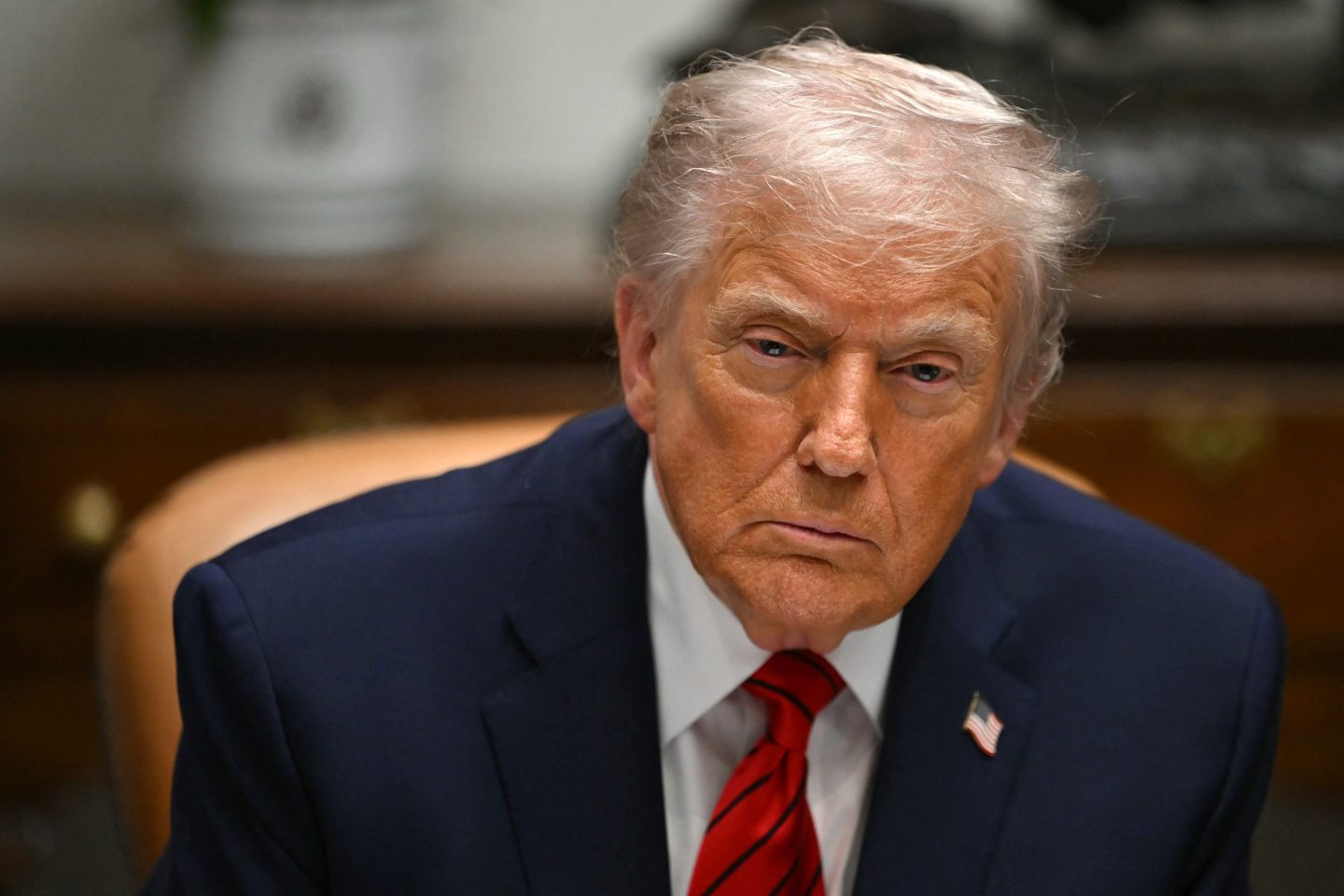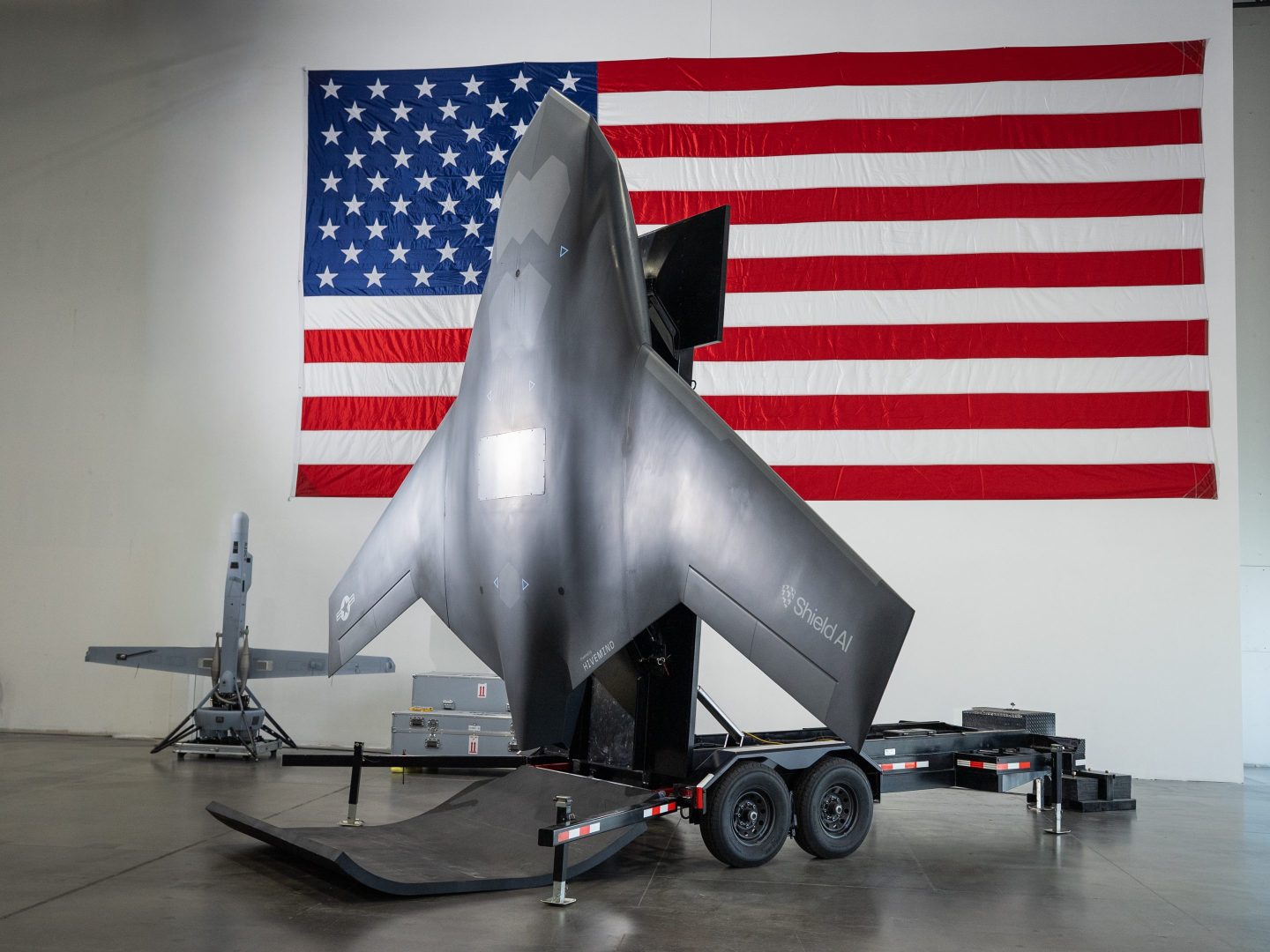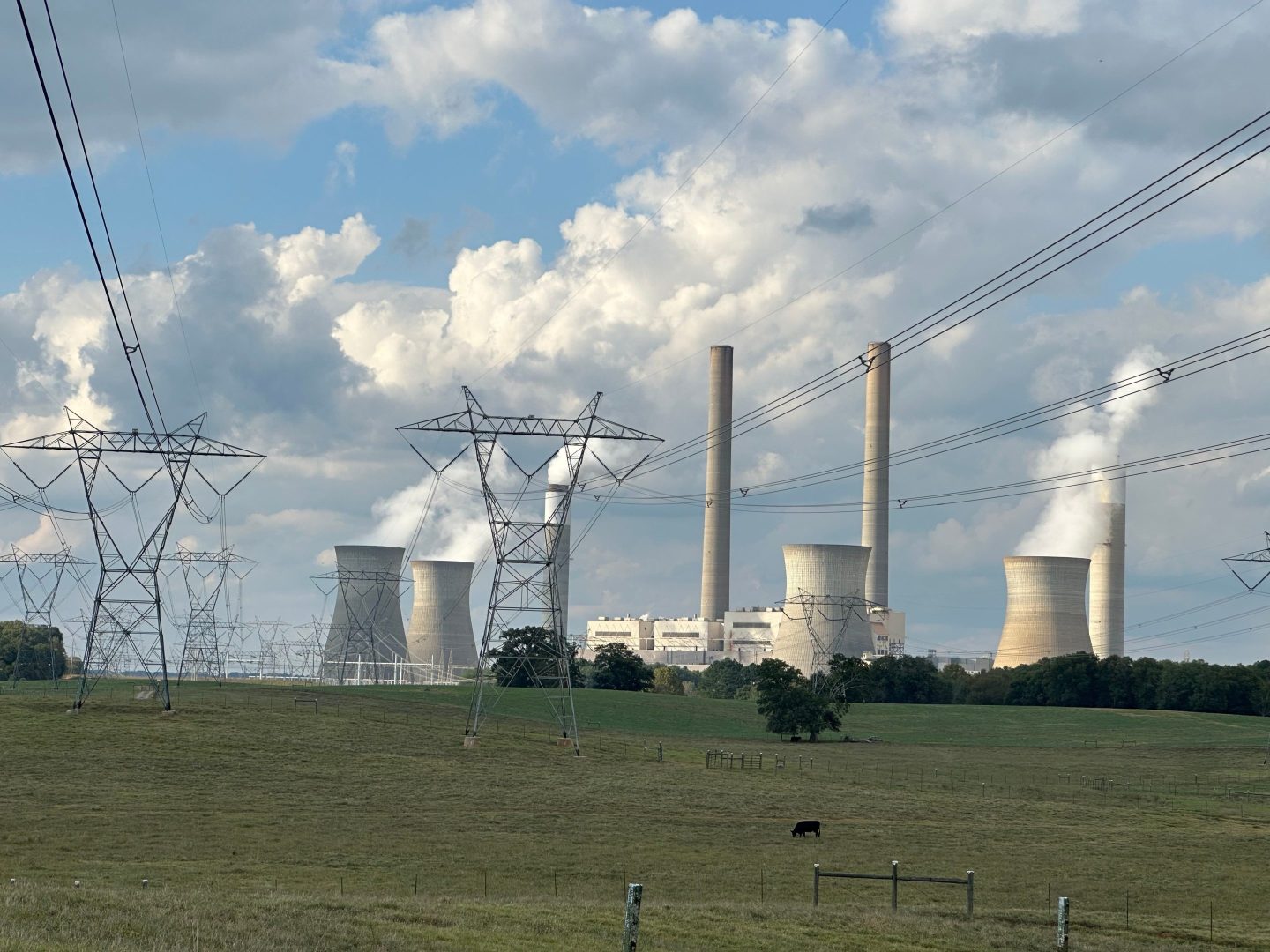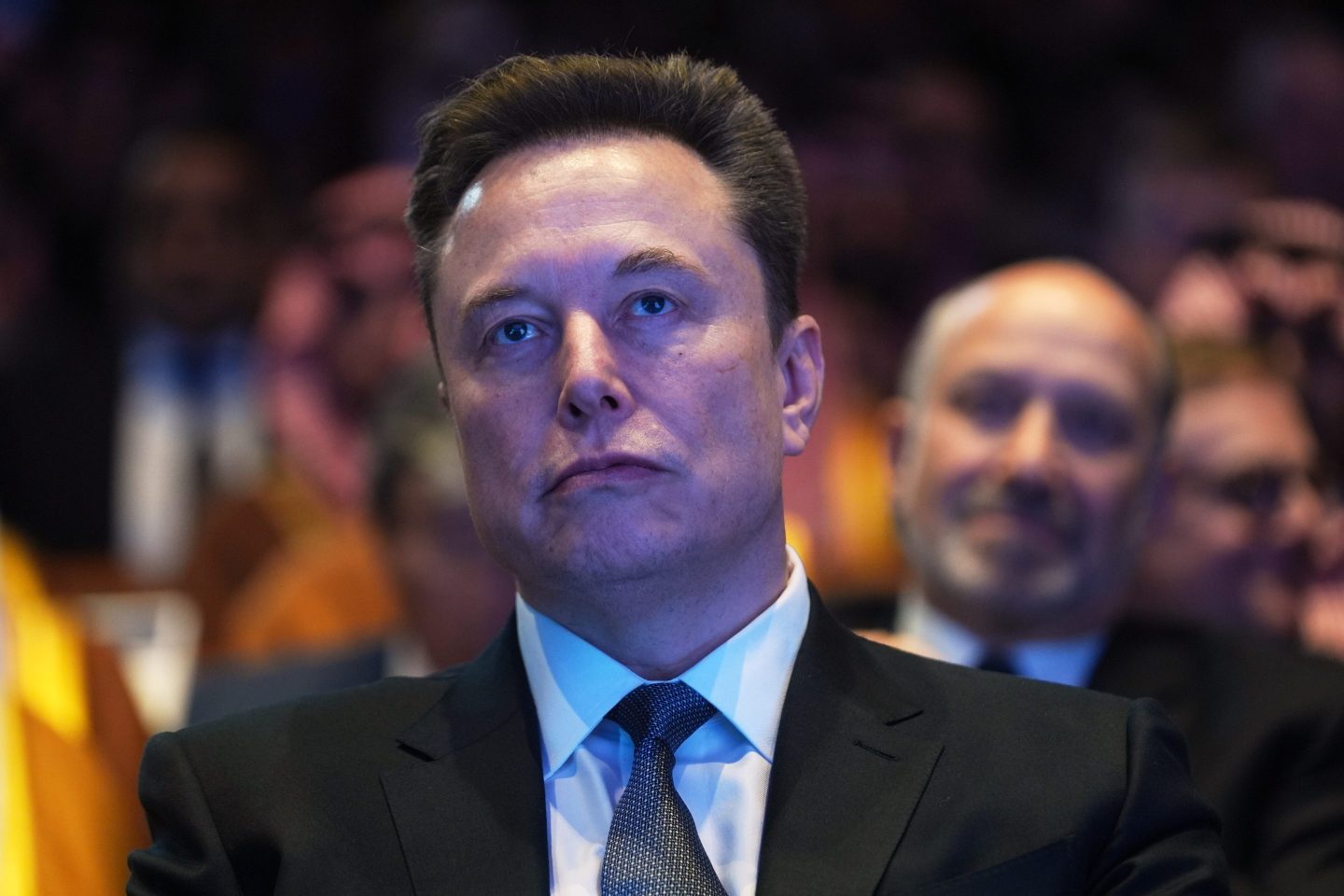New Boeing CEO David Calhoun has a fine line to walk during his debut with financial analysts Wednesday, when the aerospace giant announces its earnings results for 2019. It was a year of tragedy and public pummeling for Boeing, after two 737 MAX crashes revealed a fatal flaw in the company’s newest jetliner to enter service. Regulators around the world grounded the single-aisle airplane in March.
Calhoun, who took the helm Jan. 13, is expected to announce more than $10 billion in new charges resulting from the two crashes—one in October 2018 and one in March—that killed 346 people, analysts tell Fortune. At least one expert expects more than $15 billion in new charges.
Prioritizing safety and getting the MAX back in service likely will be key themes in Wednesday’s report, which is released before the market opens, they say.
Boeing is also expected to announce Wednesday that it is taking on debt to shore up its finances and maintain a dividend. They do not expect the company to resume stock buybacks, which it suspended in December 2018.
But Calhoun is not an outsider riding to Boeing’s rescue. A Boeing board member since 2009, Calhoun backed a leadership culture that, critics say, put finances ahead of engineering. During a press conference last week, he denied Boeing has an institutional culture problem, instead saying the problem is “microcultures,” as well as procedural.
Analysts say they do not expect Calhoun to strike a new tone on the call with analysts and investors, held at 10:30 a.m. Eastern time. “He needs to address Boeing’s cultural issues and prioritize engineering,” says Richard Aboulafia, vice president of the Teal Group.
Candor is key, the Boeing watchers add. Calhoun’s predecessor, Dennis Muilenburg, was done in by a lack of candor, a rigid, wooden public persona, and overly optimistic projections for recertifying the MAX.
“Calhoun has to lay out all the puts and takes, so investors and analysts can accurately assess” Boeing’s near term future, says Ken Herbert, an aerospace analyst with Canaccord Genuity. “He needs to reestablish credibility on the MAX’s return to service and 737 production,” which the company suspended last month, Herbert adds.
One of Calhoun’s first moves as CEO was to push out the company’s projection for recertification to June, a four month bump. He told reporters last week that production should resume “a few months before the of middle of the year.”
In the meantime, analysts and investors need to hear how the company is making sure suppliers can weather the production pause, Herbert says. One of Boeing’s biggest suppliers, Spirit Aerosystems, already announced more than 2,000 worker layoffs.
Calhoun also needs to indicate sooner rather than later how the company plans to respond to Airbus’ widely successful A321neo, which has a commanding lead in orders for long range and large single-aisle jetliners, Herbert says.
Calhoun said last week he has ordered a new study for a cleansheet midmarket airplane. At the same time, he said his focus is the MAX, and new products are on the back burner.
“We’re going to do a little less visioning, and a little less long-term planning, and a little less all that stuff,” he said. “We’re just going to get back down to restoring trust with one another, trust with our customers, and trust with our regulator.”
Right now, though, that short term priority is at odds with long term development of a new airplane program, Robert Spingarn, an aerospace analyst with Credit Suisse, tells Fortune.
Deferring an all new single aisle airplane hurts the company’s long-term prospects, but pouring money into developing a cleansheet jetliner while Boeing bleeds cash on the MAX crisis could hobble the company’s near term outlook.
“This, layered in with broader cultural issues at the company, execution missteps at (Boeing Defense, Space and Security), 777X (entry into service) risk, and other items keep us firmly on the sidelines,” Spingarn wrote in a recent research note.
The 777X had its first flight Saturday, one of the few positive headlines for Boeing since March. However, problems with the General Electric engine has delayed the mini-jumbo’s development.
“It’s not the 777X that is going to support the company for the next three to four years,” says Michel Merluzeau, a principal with AirInsightResearch.
Demand for very large aircraft has softened, and is not expected by either Boeing or analysts to return for another few years. Up until a few years ago, the 777 line had been a major cash cow for Boeing Commercial Airplanes, which brings about 60% of the company’s revenue.
Boeing Commercial Airplanes’ other revenue MVPs—the 737 and 787 Dreamliner—face downward pressure in the next few years. Even after production resumes, the 737 line isn’t expected to get back to 57 aircraft a month before 2021. The company plans to cut 787 production from 14 aircraft a month to 12. It is considering a further step down, according to news reports.
Wednesday may be a key date in Calhoun’s debut tour, but with the MAX crisis far from over, Boeing facing revenue constraints, and a gaping hole in the company’s product lineup, difficult questions for the new CEO are just beginning.
More must-read stories from Fortune:
—10 stocks that are poised for a stellar 2020
—Will retiring baby boomers crash the stock market?
—Millions have been purged from voter rolls—and may not even realize it
—Inside New York City’s Chinese restaurant crisis
—All of your questions on filing taxes in 2020, answered
Subscribe to Fortune’s Bull Sheet for no-nonsense finance news and analysis daily.











